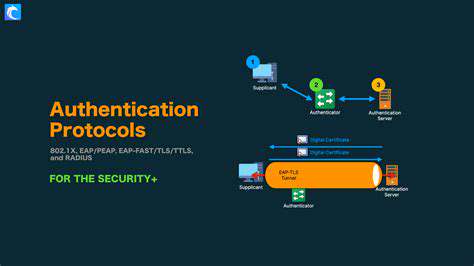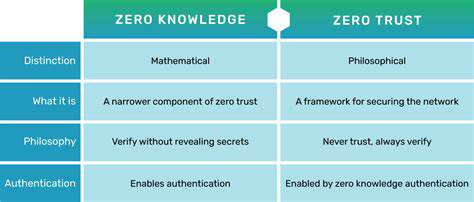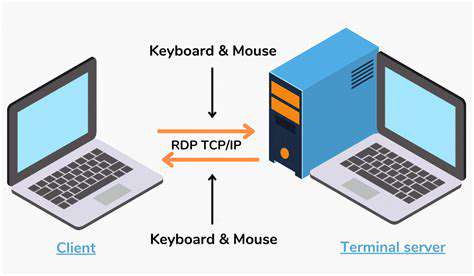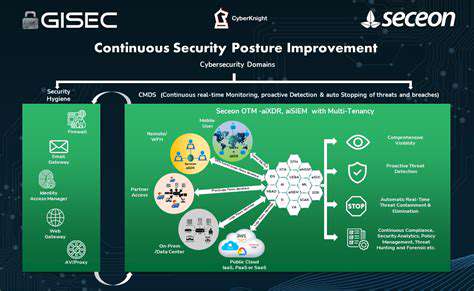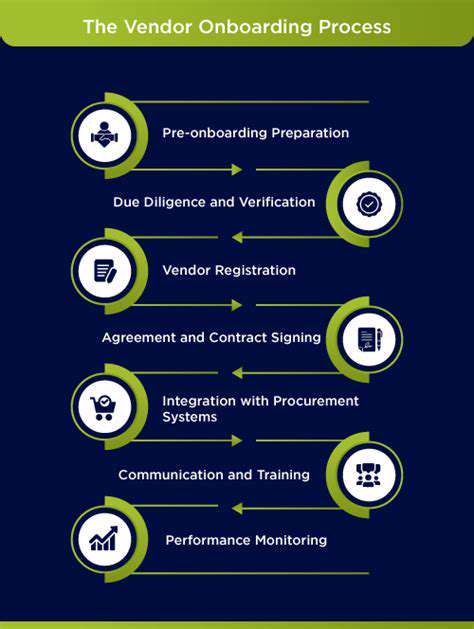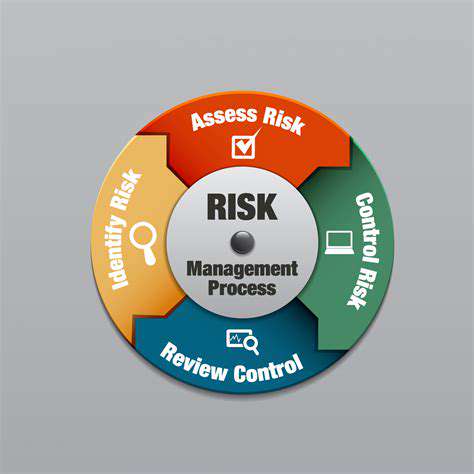Resource Availability and Potential for Sustainable Operations
Resource Availability
Lunar lava tubes present a wealth of potentially valuable resources, offering a unique opportunity for future lunar operations. These subterranean tunnels, formed by the cooling and collapse of ancient lava flows, could contain significant deposits of regolith, a mixture of rocks, minerals, and dust. Analysis suggests that this regolith might be rich in elements crucial for constructing habitats, life support systems, and even fuel production. Understanding the precise composition and distribution of these resources within different lava tube systems is crucial for optimizing future extraction and utilization strategies.
Beyond regolith, the possibility of finding water ice within the permanently shadowed craters and lava tubes is a significant factor. This ice, if present, would be a vital resource for life support, propellant production, and potentially even sustaining future human settlements on the Moon. Investigating the presence and accessibility of these water ice deposits is a high priority for lunar exploration missions.
Potential for Sustainable Operations
The inherent shielding provided by lunar lava tubes from radiation and extreme temperature fluctuations offers significant advantages for establishing long-term, sustainable operations. This protection could minimize the need for elaborate and expensive radiation shielding, saving substantial resources and simplifying the design of lunar habitats and infrastructure. The stable temperature conditions within the tubes could also significantly reduce the energy requirements for maintaining habitable environments.
Furthermore, the potential for utilizing lunar regolith for constructing habitats and infrastructure would reduce the need for transporting materials from Earth. This reduction in transportation costs and the utilization of locally sourced materials would contribute to the overall sustainability and economic viability of lunar operations, making the establishment of self-sufficient lunar settlements a more realistic possibility.
Construction Materials and Building Blocks
Lunar regolith, a common component of lava tubes, provides a valuable source of construction materials for creating habitats, infrastructure, and logistical support systems. Extracting and processing regolith on-site would dramatically reduce the need for transporting materials from Earth, significantly decreasing overall mission costs and complexity. The regolith can be processed into concrete-like materials for building structures, offering a sustainable and cost-effective method for lunar construction.
Life Support Considerations
The unique characteristics of lava tubes, including their stable temperature and radiation shielding, could play a critical role in supporting life support systems for future lunar settlements. The reduced need for active cooling and heating systems within the tubes could lead to significant energy savings and reduced complexity in life support infrastructure. The presence of water ice, if confirmed, would provide a crucial resource for creating potable water and breathable air.
Scientific Research Opportunities
Lava tubes offer unique opportunities for scientific research, providing a shielded environment for conducting experiments and observations that would be challenging or impossible to execute on the lunar surface. The stability and consistency of the internal environment of lava tubes could facilitate precise scientific observations and experiments over extended periods, contributing to our understanding of lunar geology, the potential for life, and the feasibility of sustainable lunar operations.
Economic Viability and Future Investments
The availability of resources within lunar lava tubes, particularly water ice and regolith, presents significant economic opportunities for future lunar ventures. Extracting and processing these resources on-site could pave the way for establishing self-sufficient settlements and generating revenue from the sale of resources to private and public organizations. Investing in research and development related to lunar resource utilization and sustainable operations will be crucial for realizing the full potential of lunar lava tubes in the future.
Environmental Considerations
While the potential of lunar lava tubes is immense, careful consideration of environmental factors is essential. Potential impacts on the unique geological features of lava tubes need to be assessed and mitigated to preserve the scientific and historical value of these formations. Understanding the long-term effects of resource extraction and construction activities within lava tubes is vital to ensuring sustainable operations and minimizing any negative consequences on the lunar environment.
Challenges and Future Research Directions
Exploring the Challenges of Accessing Lunar Lava Tubes
One significant challenge in exploring lunar lava tubes lies in their unpredictable nature and the potential hazards they present. The complex internal structures, including varying degrees of collapse and the presence of unknown geological formations, can make navigation extremely difficult and potentially dangerous for robotic missions. Precise mapping and thorough risk assessments are crucial before any human exploration, to mitigate the risks associated with navigating potentially unstable terrains within these subterranean environments. Understanding the distribution of hazardous materials like regolith and potential pockets of toxic gases is vital for safe exploration.
Furthermore, the lack of direct observation and the limited data currently available regarding the internal conditions of lunar lava tubes poses a significant hurdle. The unknown composition of the walls, ceilings, and floors, as well as the extent of potential radiation shielding, needs to be assessed. This uncertainty necessitates sophisticated remote sensing techniques and advanced robotic probes capable of penetrating the darkness and analyzing the unique geological characteristics of these potential habitats.
Potential for Resource Utilization within Lunar Lava Tubes
Lunar lava tubes offer the potential for significant resource utilization. The shielded environment within these tubes could provide protection from the harsh radiation and extreme temperature fluctuations that characterize the lunar surface. This characteristic is crucial for long-term human missions, as it could significantly reduce the need for bulky and expensive radiation shielding solutions. Moreover, the presence of regolith within the tubes might offer valuable resources for constructing habitats and life support systems.
The presence of water ice, a potential source of drinking water and rocket fuel, is another key consideration. Locating and analyzing potential ice deposits within the lava tubes would significantly enhance the viability of long-term lunar settlements, and potentially make lunar lava tubes a valuable resource hub for future space exploration initiatives. Understanding the distribution and accessibility of these resources is paramount to optimizing their utilization.
Developing Sustainable Human Settlements within Lava Tubes
The development of sustainable human settlements within lunar lava tubes requires meticulous planning and consideration of various factors. The design and construction of habitats that can withstand the unique challenges of the lunar environment, including the lack of atmosphere and the presence of extreme temperature fluctuations, must be carefully considered. The design will also need to address the unique challenges of living in a confined subterranean environment, such as the psychological impact and potential social issues that can arise in such isolated conditions. This necessitates the development of innovative architectural and engineering solutions that are both safe and comfortable for human habitation.
Furthermore, establishing efficient life support systems, including closed-loop life support systems, and waste management systems, will be vital for long-term sustainability. Understanding the long-term effects of living in such an environment on human health and well-being is also crucial for the development of effective countermeasures and proactive health management strategies. Addressing these challenges is critical to creating self-sufficient and resilient lunar settlements.
Addressing Radiation Concerns and Safety Protocols
The presence of radiation, even within the relative shielding of a lava tube, remains a significant concern for human settlements on the Moon. Developing advanced radiation shielding techniques and implementing robust safety protocols are crucial for ensuring the safety of astronauts and maintaining long-term health during extended missions. Continuous monitoring of radiation levels within the lava tubes and the development of appropriate countermeasures to mitigate potential risks are essential. This includes the development of radiation-resistant materials and the implementation of stringent safety protocols for all activities within the tubes.
The potential for radiation exposure during activities like excavation or maintenance of structures within lava tubes requires specific procedures and safety measures. Regular monitoring of radiation levels, the development of personalized radiation dosimetry for astronauts, and the implementation of emergency protocols for dealing with radiation exposure are also necessary steps to ensure the safety and well-being of the crew. These considerations will be crucial for the long-term success of any lunar lava tube exploration or settlement endeavors.
